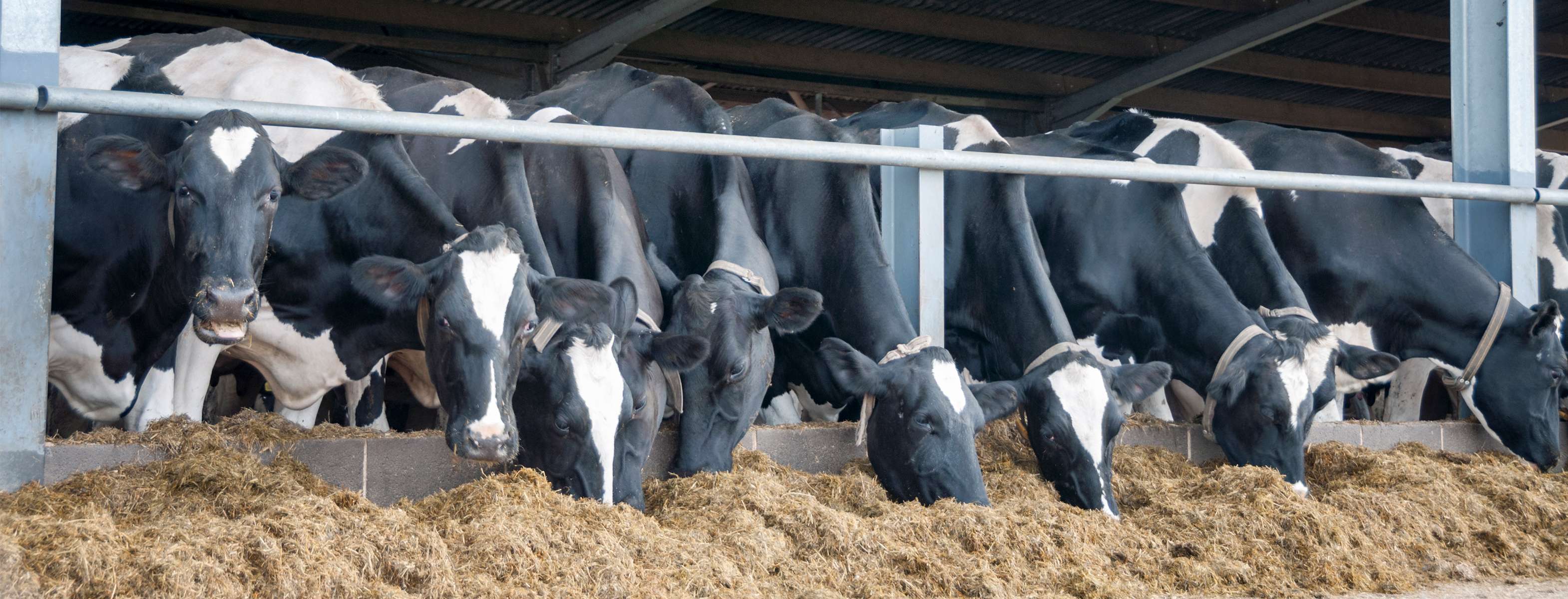Keep ahead of the threat
Stay up to date with the latest mycotoxin information by signing up to our newsletter

Types of Mycotoxins
The most extensively studied mycotoxins are those produced by the molds Aspergillus, Fusarium, Penicillium and Claviceps. Some of the key mycotoxins produced by these molds are aflatoxins, ochratoxins, deoxynivalenol (DON, vomitoxin), T-2/HT-2 toxins, zearalenone, fumonisins, mycophenolic acid, cyclopiazonic acid and ergot alkaloids.
Aspergillus
Aflatoxins:
Aflatoxins can occur in all regions across the globe as a result of changing weather patterns, agricultural practices and more. Increased drought stress in the plant due to warm and dry field conditions often promotes the production of aflatoxins by Aspergillus molds in the field. High moisture levels and poor storage conditions may also encourage mycotoxin production during crop storage. Aflatoxins are carcinogenic and commodity contamination is regulated globally.
A primary sign of aflatoxin intake is liver damage. Animals consuming aflatoxins may also have reduced growth performance, intestinal dysfunctions, immune suppression, poor reproductive performance and/or poor milk quality. Furthermore, aflatoxin B1 can convert to aflatoxin M1, which is excreted in milk.
Other Aspergillus mycotoxins:
Other mycotoxins produced by Aspergillus include, but are not limited to, cyclopiazonic acid, gliotoxin and sterigmatocystin. These mycotoxins are typically produced during feedstuff/feed storage but could also be produced when plants are growing in the field.
These mycotoxins can cause liver damage, poor production, immune suppression, internal hemorrhaging and muscle tremors and impact gain and efficiency. Mortality rates may also increase due to the presence of these mycotoxins.
Fusarium
Trichothecenes:
Trichothecenes are common field toxins found in grains and silages. Examples include deoxynivalenol (DON or vomitoxin), nivalenol, T-2/HT-2 toxins and diacetoxyscirpenol (DAS). Susceptibility to trichothecenes varies between mycotoxin type, mycotoxin concentration, animal species/breed and management systems. Swine are often considered one of the more sensitive species to DON, while T-2/HT-2 toxins are toxic to most species. Trichothecenes can be partially metabolized in the rumen, although acidic rumen conditions can inhibit their breakdown.
Clinical signs of trichothecene toxicity include reduced feed intake, lower weight gains, intestinal hemorrhaging, diarrhea, an increase in intestinal pathogen occurrence, lost milk production, reproductive failure and even mortality.
Zearalenone:
Zearalenone often occurs in combination with DON in naturally contaminated cereals or forages. This mycotoxin mimics the activity of hormones (as an estrogen analog), causing most of the reproductive-related symptoms seen in pregnant animals, especially. Upon absorption, zearalenone can be metabolized to alpha-zearalenol and, to a lesser extent, beta-zearalenol. Alpha-zearalenol is about four times more estrogenic than its parent mycotoxin. Swine are considered to be the most sensitive to zearalenone, although it can impact all breeding animals. The rumen can partially metabolize zearalenone to its breakdown compounds. These metabolites have shown no toxic effects on rumen bacteria, but as alpha-zearalenol is more estrogenic than its parent mycotoxin, this rumen-mediated transformation actually causes greater toxicity. The rate of zearalenone transfer into milk is low and is currently thought to present no real risk to dairy product consumers.
Clinical signs of zearalenone toxicity include vaginal reddening and prolapses, abortions, decreased embryo survival, infertility, vaginitis, the feminization of young males and mammary gland enlargement.
Fumonisins:
Fumonisins occur worldwide in a variety of feedstuffs. In contrast to other mycotoxins, fumonisin B1 (the most prevalent of the fumonisin mycotoxins) is slowly and poorly metabolized in the rumen and gastrointestinal tract and, therefore, is of lower toxicity. However, the presence of even common levels of fumonisins can impact intestinal microbial balance and intestinal immunity prior to mycotoxin absorption.
Clinical signs of fumonisin toxicity can include reduced feed intake, lower weight gain, altered gastrointestinal balance, increased diarrhea, and lost milk production. Swine and horses are particularly sensitive. Following fumonisin consumption, swine may develop porcine pulmonary edema, while horses can develop equine leukoencephalomalacia.
Penicillium
Ochratoxins/Citrinin:
Ochratoxins and citrinin can be produced both during field conditions and storage of feedstuffs and are found in both temperate and tropical regions. These mycotoxins can impact many species. However, in a correctly functioning rumen, ochratoxin is rapidly degraded, so it is assumed to be a lesser threat to ruminants.
Clinical signs of ochratoxin/citrinin toxicity may include kidney damage, liver damage and immune suppression. Very high levels of ochratoxin (e.g., 3 ppm) can cause increased mortality.
Other Penicillium mycotoxins:
Examples of other Penicillium mycotoxins include mycophenolic acid, penicillic acid and patulin. The production of these mycotoxins typically occurs during commodity storage, although production can also begin in the field.
These mycotoxins have antibiotic properties that could play a role in rumen and intestinal microbial population growth and function. They can also alter internal organ health and suppress immunity.
Patulin:
Not considered to be a particularly potent mycotoxin, patulin is produced by certain fungal species of Penicillium growing on fruit, including apples, pears and grapes. Fruit by-products stored under conditions that promote bruising and rotting increase the probability of patulin formation. Contamination with patulin has also been reported in vegetables, cereal grains and silage.







